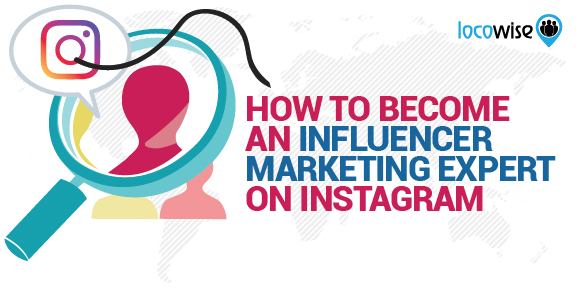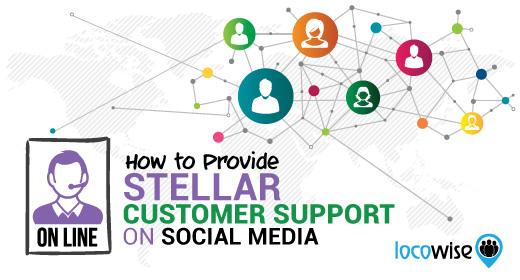Social Media Sentiment: Everything You Need To Know
Catherine Hayden posted on 20 March 2017
Social media is a conversation like any other. Getting your point across is important, but unless you know how to listen you’re not communicating well. Gauging and analysing sentiment is the best way to make sure you’re hearing what your audience has to say and responding appropriately. Combining the data now available to social media marketers with sound analysis is an incredibly powerful way to reach a broader audience more effectively.
Sentiment In A Nutshell
Sentiment simply means how people feel about something. In social media, it’s used to measure how happy – or unhappy – consumers are. What people are saying about your brand online is incredibly important: studies show that positive and negative perceptions online have the biggest impact on consumers’ decisions to buy an item.

More than half of US consumers find positive information about a brand motivating, as do 44 percent of consumers in the UK.
Computers figure out sentiment using a process that determines the emotional tone behind words and phrases. If a lot of your consumers are using negative words like ‘angry’, for example, it’s possible for software to pick that up over broader conversations. This data gives you the big picture when it comes to how consumers feel about your brand.
One upset customer, though, doesn’t mean sentiment is ‘bad’. Repeated use of words and phrases by many people in a broader online context determines sentiment – whether positive or negative. Depending on the tools you use, sentiment will likely be expressed as a score.
Can I Do Sentiment Analysis On My Own?
The short answer is, no. To measure sentiment on just one of your social platforms would be a really big undertaking. If you wanted to understand sentiment related to a specific campaign, for example, you’d need to read every single statement made online about that campaign and around the time of the campaign.
Even if you could easily find every online conversation about the campaign or about the brand during the campaign, you would still need to go over each one and give it a score: positive, negative, or neutral. Then you’d have to add up the number of positive comments, negative comments, and neutral comments. You get the picture – this would take a lot of time that could be spent creating new campaigns.
How Sentiment Analysis Works
Compare these sentences:
‘I want to go to [my favourite restaurant] so badly.’
‘I went to [my favourite restaurant] and I was treated so badly.’
For humans, it’s really easy to see the difference between those two sentences. The words ‘so badly’ mean, in the first example, that you really want to go to your favourite restaurant. The statement expresses desire, and you could think of this as a positive sentiment. The second example uses ‘so badly’ to talk about a negative experience (and a negative sentiment). As computers get smarter, they’re better able to distinguish those two sentences.
When humans give computers the ability to learn context, sentiment analysis starts getting more precise. The tools you use to help you find out your audience’s sentiment should be designed with this in mind. Performance monitoring software should be built around rules that help computers understand how context affects sentiment. The better this is done, the more accurate your tools are – and the more accurate your analysis can be.
The What And Why Of Machine Learning
‘Machine learning’ is becoming a bit of a buzzword. It’s really quite a simple concept, but it’s often misunderstood. Very basically, machine learning is the science of teaching machines to do things without human input. The idea is that, once you’ve told a machine how to do something, it can – for now in a limited way – start thinking for itself based on what you’ve programmed into it. Machine learning is one of the things that keeps Google search getting better at what it does.
When it comes to social media, the more computers can understand the complexities of human language, the better. Nuances in grammar, different cultural uses of language, slang, and bad spelling can make it hard for a machine to learn how to understand the human language. As software engineers learn to help computers do this better, marketers get better access to important information – like sentiment.

Where You Fit In
We still have a way to go when it comes to machine learning. People who work with computers, helping them better understand the way people speak, are making huge strides, but that doesn’t mean your role in sentiment analysis isn’t vital.
Even if the tools you use to measure sentiment have been programmed in the best way possible, it’s likely they’re going to still make mistakes here and there. The trick is to trust what the data tells you, but not expect it to be 100% accurate all the time.
Only You Can Listen – Here’s How
Social media listening goes beyond just watching your mentions and replying to people when you need to. That just gives you a snapshot of what’s going on in your online conversations. To listen well you need to see what people who aren’t tagging you are saying. This gives you an idea of the broader conversations taking place around your brand, giving you a strategic edge. Good listening gives you the ability to make sure you’re reaching the right people, with the right message, at the right time.
Your social media and social performance monitoring tools should be set to pick up to track conversations beyond comments and mentions using keywords and phrases. If you don’t have your tools setup to do this, you’ll likely be missing a big group of people who are talking about your brand, product, or service.
With good monitoring and broad sentiment analysis in place, you can start listening to the broader conversations happening around your client.
But what do you want to listen to, specifically? This depends on your priorities. Do you want to:
● Find influencers?
● Improve customer service?
● Watch a specific phrase or hashtag?
If you’ve looked closely at sentiment and know where your challenges are, one or more of these objectives could be the solution.
Finding Influencers
Influencers can help boost positive sentiment by getting people enthusiastic about your brand. If sentiment is negative overall, finding and interacting with influencers is a great step to improving how people feel about your brand or product. Analytics tools can help you find out who is talking about your industry. From there, you can determine their influence. If people engage with them, share their blog posts, and ask them for advice, they’re likely good influencers.
Audience size matters, but it isn’t everything. Look for quality over quantity, and don’t be afraid to reach out to influencers. If they’re interested in what you offer influencers are likely to respond to you and be happy to build up relationships.

Improving Customer Service
Use your social media monitoring tool to see where bad sentiment is coming from and what’s generating it. If unhappiness with customer service is an issue, you know where to up your game.
Customer service doesn’t begin and end with social media, though, so it’s important to make sure your client is aware of the issue and the steps you’re taking to improve sentiment online. They may very well need to do some work on their side to make customers happy.
Pay attention to unhappy customers and do everything you can, with the help of your client, to resolve their queries quickly.

Watch A Specific Phrase Or Hashtag
If you know that customer care could be improved, for example, listen to online conversations by tracking phrases that are commonly used by people who have complaints. Your monitoring tools should make this as easy as typing in a few keywords, phrases, or hashtags that relate to service.
Looking for patterns in what your audience is saying will help identify the phrases or hashtags that should be watched in relation to the brand you’re working with. The same applies for positive sentiment. Track phrases that keep coming up when customers are happy and reinforce what people love about your brand by spreading the word. This is a great way to make use of influencers.
Use Your Data
Social media listening isn’t just about identifying problems. Finding out what’s working well and building on that is just as important. Combining sentiment analysis with good social listening makes for excellent strategies. You have access to more data about consumers today than marketers have ever had. Use it.




